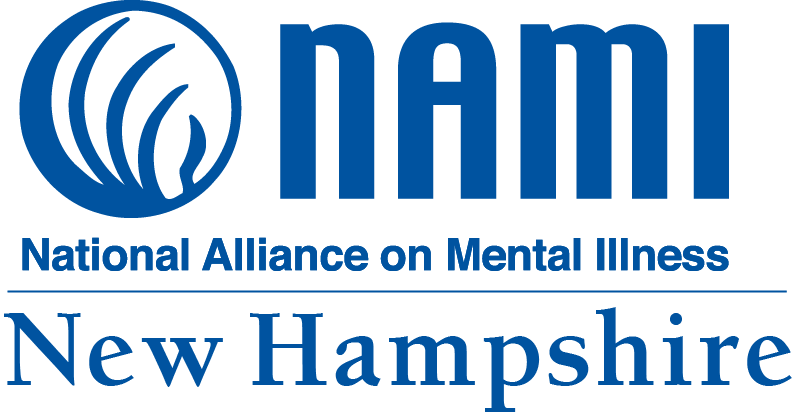survivors of suicide loss

We are sorry about the death of your friend or family member. The shock and pain experienced by friends and family following the suicide of a loved one can seem almost unbearable. It is important for you to know that you are not alone. Nationally, suicide is the second leading cause of death for young adults aged 24-34. Over 36,000 individuals in the United States take their own life each year (confirmed suicide deaths). Cumulatively, this amounts to hundreds of thousands of individuals who have experienced firsthand what you are going through right now.
The days and weeks immediately following a suicide are often the most difficult. NAMI NH’s Connect Program has information and resources for survivors. Our hope is that you will use these resources to guide you through some of the difficult days ahead.
-
- Suicide prevention hotlines
- Coping with suicide loss – including:
- Survivor grief
- Writing an obituary after a suicide loss
- Making funeral arrangements
- Memorial services/Remembrances
- Survivor resources
- NH survivor resource packet
- NH survivor of suicide loss newsletter
- Information for People Who Have Witnessed a Suicide Death
The NH Survivor Resource Packet is provided to the next-of-kin of all people who die by suicide in New Hampshire through the Office of the Medical Examiner. This program was developed through a collaborative effort of the Office of the Medical Examiner, NH Survivors, NAMI NH, and the Bureau of Behavioral Health. Please click on the links below to access the various documents included in the resource packet.
- Cover Letter from the Chief Medical Examiner and a NH suicide survivor
- Tips for Surviving a Suicide Loss
- The Importance of Self-Care for Suicide Loss Survivors
- Grief Support Groups for Survivor of Suicide Loss
- Resources for Survivors
- You Are Not Alone – Beyond Surviving: Suggestions for Survivors by Iris Bolton
- Book Resources for Survivors
- Video Resources for Survivors
- We Remember Them – an anonymous poem
- Helping Your Grieving Child or Teen
- Coping With Suicide Loss – Handling the Holidays
- NH Survivor of Suicide Loss Newsletter – includes the most recent Survivor of Suicide Loss Calendar of Events
- Law Enforcement Response to Individuals and Families in Crisis
The NAMI NH calendar of events often includes events that may be of interest to survivors of suicide loss. This includes walks to build awareness for mental health and suicide prevention, events hosted by local survivors of suicide loss, and NAMI NH speaker programs such as SurvivorVoices: sharing the story of suicide loss, In Our Own Voice, and Life Interrupted.
Support Groups
Many individuals find that attending a support group can be helpful as they cope with their loss. Determining when you might be ready to attend a support group is a very personal decision. Contacting a support group leader may help you with this decision because they can explain how the group is run, and whether that group would be appropriate for you. NAMI NH maintains a listing of survivor of suicide loss support groups that are conducted in NH.

